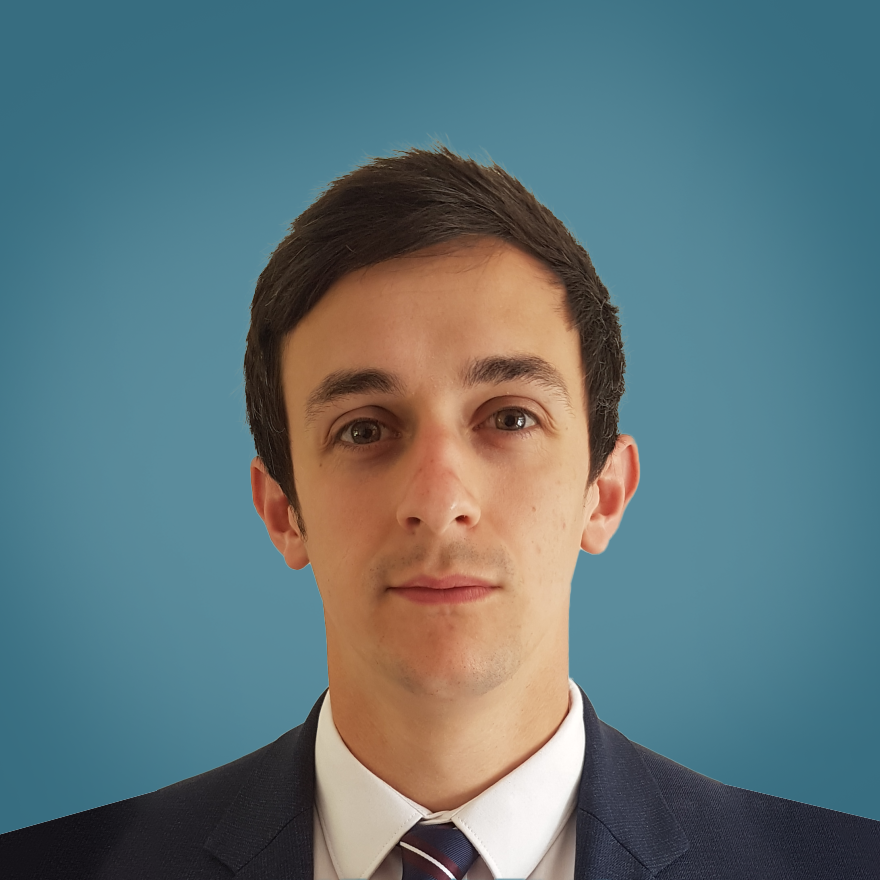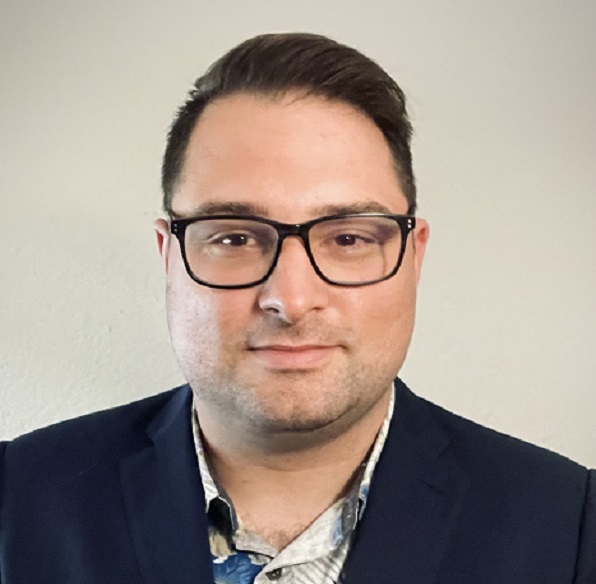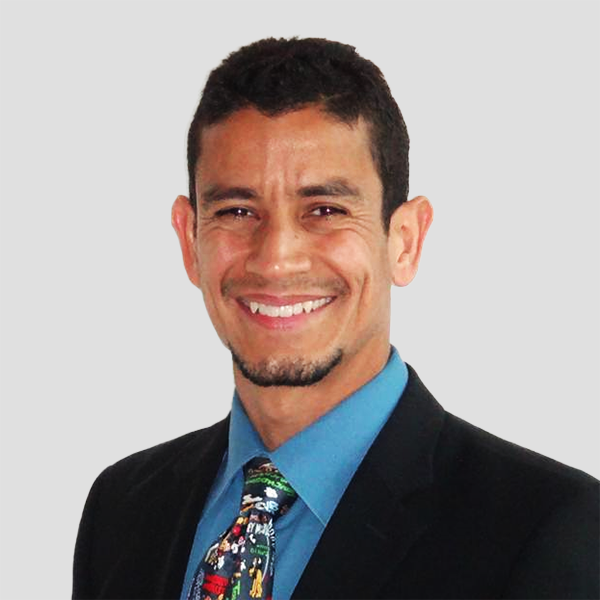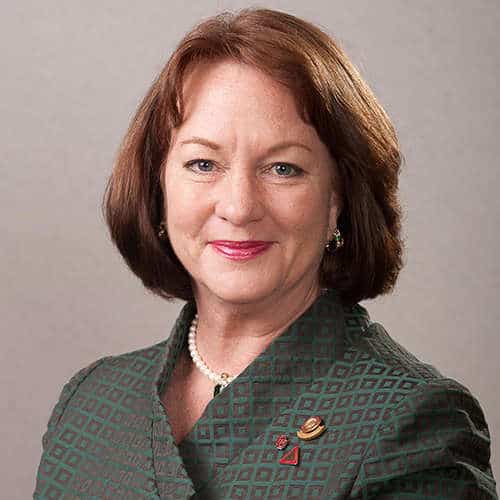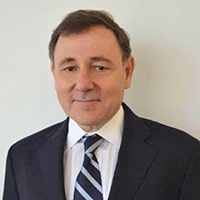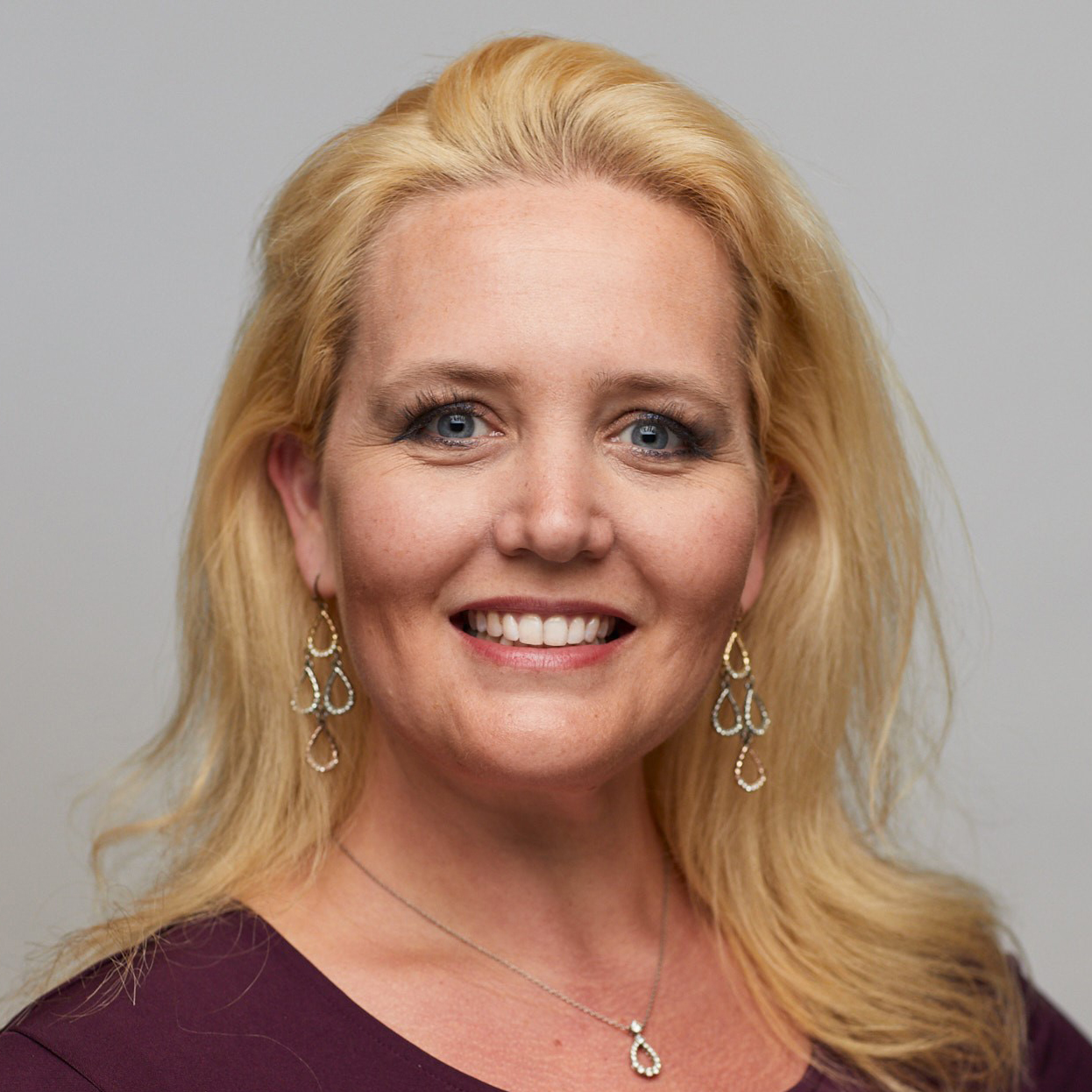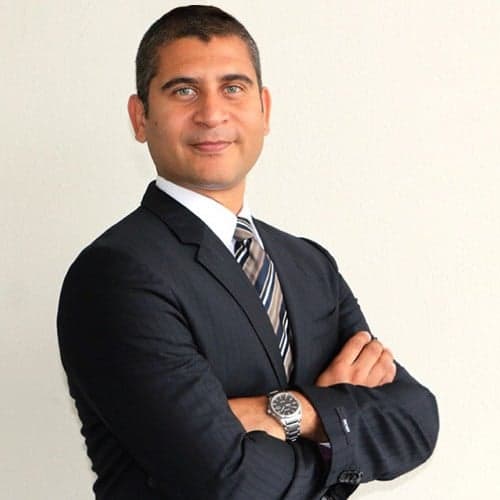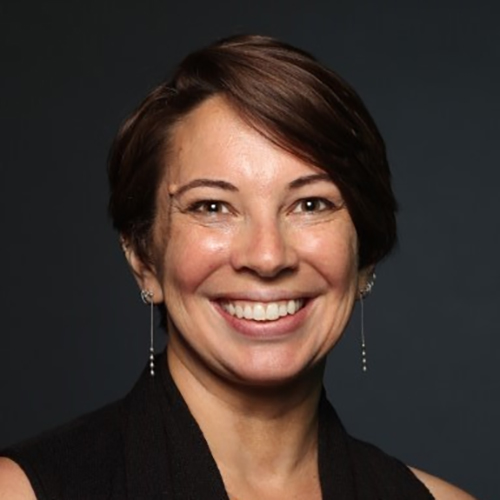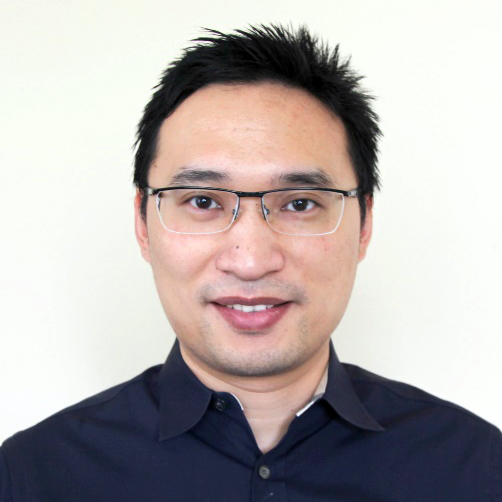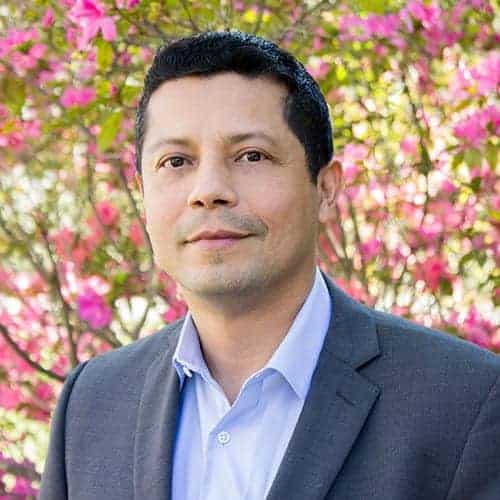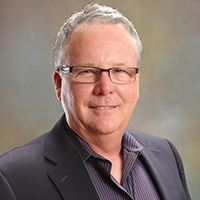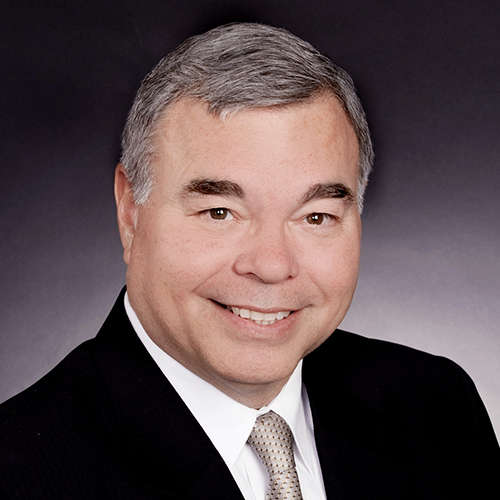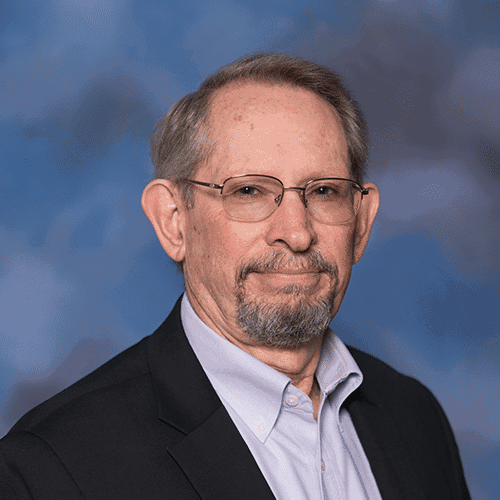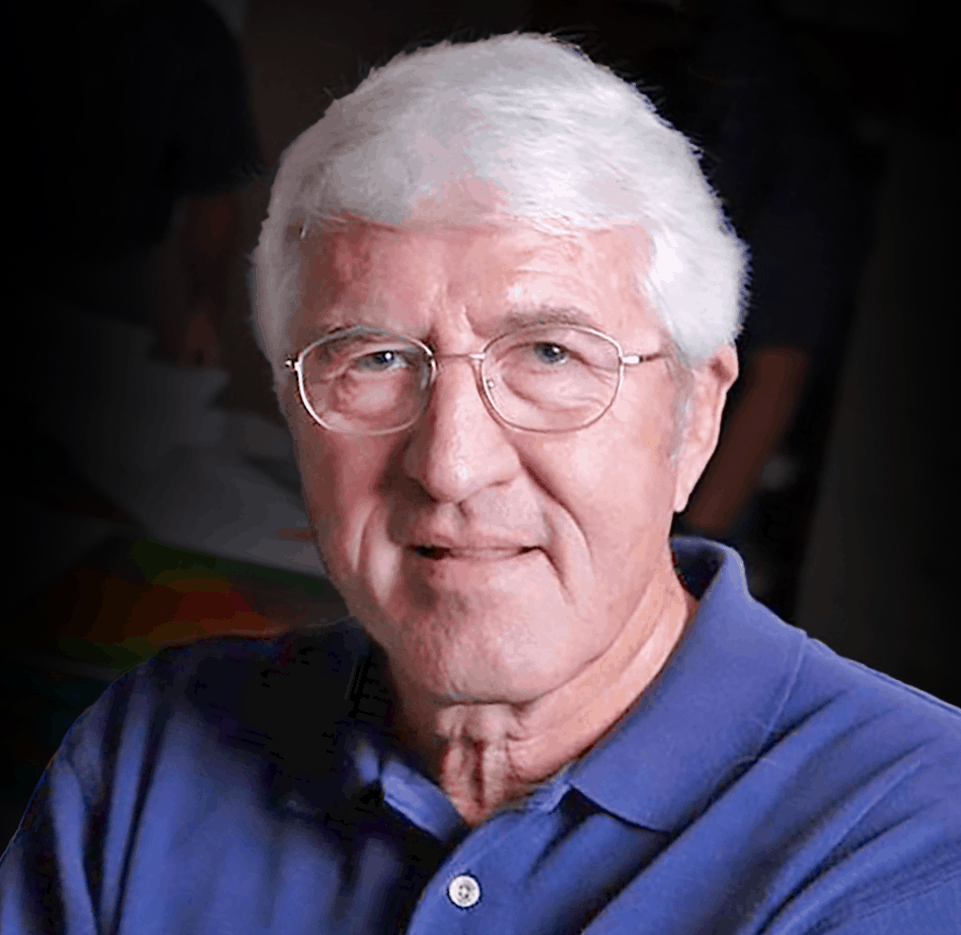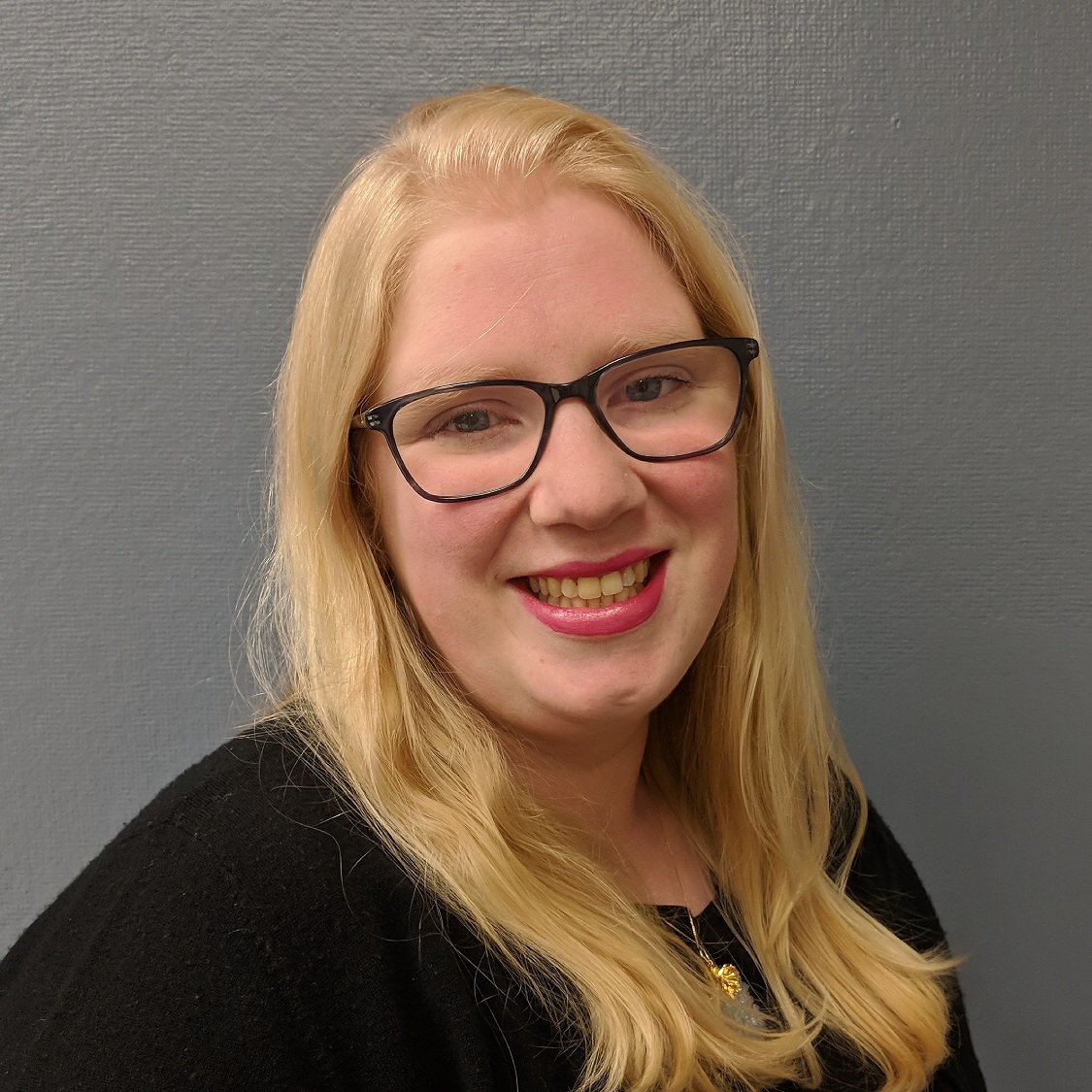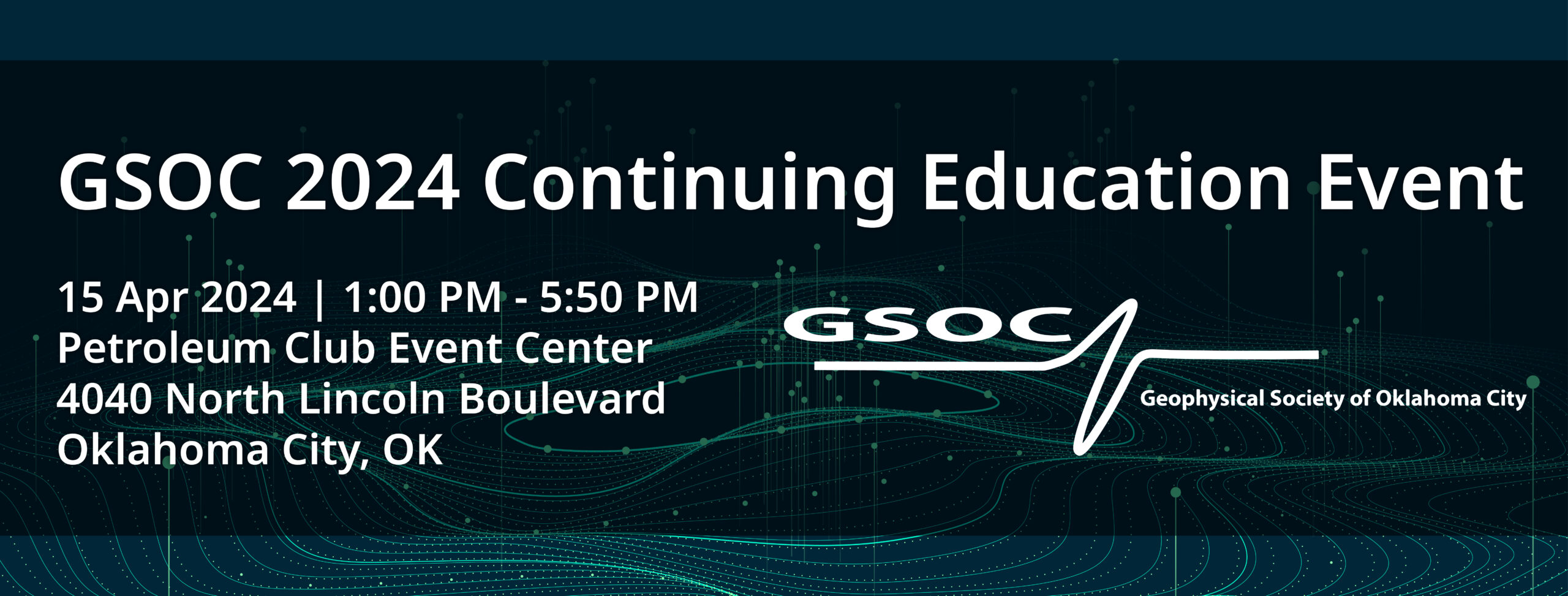
2024 Continuing Education Event and Shrimp Boil
Geophysical Insight’s advisor, Alvaro Chaveste will be presenting at the Geophysical Society of Oklahoma City’s 2024 Continuing Education Workshop on 15 April 2024, at the Petroleum Club in Oklahoma City, OK. The workshop will take place from 1 PM – 6 PM CST. The theme of the workshop is, “Geophysical Applications in a Tough Market“.
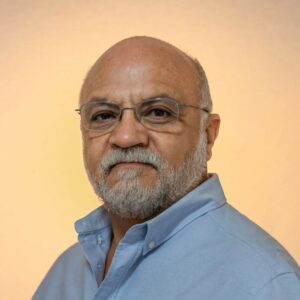
Alvaro Chaveste
Sr. Geophysical Advisor
Geophysical Insights
Machine Learning for Lithofacies Prediction – A Fast, High-resolution, and Economic Alternative to Seismic Inversion
A methodology for lithofacies prediction is presented. It is based on computing Self Organized Maps (SOM), an unsupervised form of Machine Learning (ML), and cross-referencing the results to lithofacies from petrophysical logs. The methodology defines the lithofacies of interest with improved resolution and significant time savings when compared to inversion-based reservoir characterization.
Methodology
Unlike seismic and petrophysical inversions, the proposed methodology is not deterministic. It computes SOM from a User-defined number of seismic attributes. The process’ multi-dimensionality (each attribute is a dimension) reduces the non-uniqueness associated with seismic and petrophysical inversions. SOM classifies several attributes sample by sample (same sample for all attributes) and assigns a cluster (neuron) to each time/depth sample. This results in interpretable data below the wavelet’s limit of resolution.
The assignment of geologically meaningful labels to SOM neurons is done by cross-referencing neurons from seismic to lithofacies computed from the wells’ petrophysical evaluation. By matching neurons to lithofacies at the same depth, the process assigns a label to each neuron that indicates the most likely rock type. This way, we can use the SOM neurons to map the distribution and variation of the lithofacies in the subsurface.
The methodology does not require wavelet estimation or a low-frequency model, thus, easing processing and interpretation requirements.
Case Studies
A case study in the Niobrara formation is presented to illustrate the methodology (Chaveste et al, 2023). The petrophysical evaluations in five wells are used to create four lithofacies. The lithofacies, computed using K-Means, are cross-referenced with a 64 neuron SOM in which eight seismic attributes are input to the calculation. The result is a 3D volume of lithofacies that matches the analysis wells, has aerial continuity, shows reliable data at a fraction of the wavelet’s limit of resolution, and provides a value of probability of occurrence at each seismic sample.
A second case study, in East Texas, illustrates facies definition in the Bossier formation, where sands are thin and sparse. The computed lithofacies predict the location of tight and porous sands. The sand bodies are visualized in three-dimensional Geobodies.
References
Chaveste, A., Roden, R., Smith, T., 2023, Machine Leaning-Based Method Provides Economic Option to Seismic Inversions, The American Oil and Gas Reporter.
Roden, R., Smith, T., Santogrossi, P., Sacrey, D., Jones, G., 2017, Seismic Interpretation Below Tuning with Multi-attribute Analysis, The Leading Edge, 36 (4), p. 282-368
Smith, T., Treitel, S., 2015, Self-Organizing Neural Nets for Automatic Anomaly Identification, A white paper (www.geoinsights.com)
Tanner, M.T., et al., 2002, Well Log Calibration of Kohonen-Classified Seismic Attributes using Bayesian Logic, Journal of Petroleum Geology, vol. 23(4), October 2001, pp 405-616


